Calendula officinalis ‘Oopsy Daisy’
£6.45
Pot Marigold. A sunny, compact Marigold with showy orange and creamy-yellow bicoloured blooms set against dark-green foliage. Height 20cm. Flowers June to September. Full sun/partial shade, well-drained soil. Hardy Annual.
Description
Calendula officinalis ‘Oopsy Daisy’ is a cheerful and low-maintenance annual, celebrated for its vibrant orange and yellow blooms. Ideal for borders, containers, and pollinator-friendly gardens, this variety is compact and easy to grow, making it perfect for gardeners of all levels. Follow this detailed planting guide to ensure your Calendula officinalis ‘Oopsy Daisy’ thrives and brightens your garden throughout the growing season.
PLANTING and AFTERCARE GUIDE
Best Planting Time
- Spring: Sow seeds of Calendula officinalis ‘Oopsy Daisy’ directly outdoors in early spring when the soil is workable. Early planting gives the plants a head start, ensuring a long blooming season.
- Autumn: For earlier blooms, sow seeds in late autumn. Overwintering young plants allows them to establish quickly when spring arrives.
Site Selection
- Sunlight: Choose a location that receives full sun to ensure the best flower production. While Calendula officinalis ‘Oopsy Daisy’ can tolerate partial shade, blooms are more abundant in sunnier spots.
- Soil: Well-drained, moderately fertile soil is ideal for Calendula officinalis ‘Oopsy Daisy’. Avoid heavy, waterlogged soils, as this can lead to root rot. Enrich the soil with compost or organic matter before planting.
Planting Instructions
- Preparing the Planting Site:
-
- Start by clearing the planting area of weeds and loosening the soil to improve drainage and aeration.
- Enrich the soil with compost or a general-purpose fertiliser to provide nutrients for healthy growth.
- Planting:
-
- Dig a hole slightly larger than the root ball of your Calendula officinalis ‘Oopsy Daisy’.
- Gently remove the plant from its pot and loosen the roots if they appear compacted.
- Place the plant into the hole, ensuring the top of the root ball is level with the surrounding soil.
- Backfill the hole with soil, firming it gently to eliminate air pockets.
- Spacing:
-
- Space plants about 20-25 cm apart to allow for healthy growth and good air circulation. This helps prevent disease and ensures the plants have enough room to thrive.
- Watering After Planting:
-
- Water thoroughly after planting to help settle the soil around the roots. Keep the soil consistently moist during the establishment phase, but avoid overwatering.
Watering Requirements
- During establishment, keep the soil consistently moist but not waterlogged.
- Once mature, Calendula is drought-tolerant and requires only occasional watering during dry spells. Overwatering should be avoided as it can harm the plants.
Feeding
- Pre-Planting: Enrich the soil with a balanced, all-purpose fertiliser or compost during bed preparation.
- Mid-Season Boost: If flowering slows, apply a diluted liquid fertiliser to rejuvenate the plants and encourage fresh blooms of Calendula officinalis ‘Oopsy Daisy’.
Pruning and Deadheading
- Deadheading: Regularly remove spent flowers to prolong the blooming period of Calendula officinalis ‘Oopsy Daisy’. This prevents the plant from going to seed too early and encourages continuous flowering.
- End of Season: At the end of the growing season, pull up and compost the plants or allow some flowers to set seed for self-sowing.
Mulching
- Apply a light mulch around young Calendula officinalis ‘Oopsy Daisy’ plants to suppress weeds and retain soil moisture. Organic mulches such as compost or shredded bark are excellent options.
Pest and Disease Control
- Pests: Calendula is generally pest-resistant but may occasionally attract aphids. Use natural remedies like a neem oil spray or encourage beneficial insects, such as ladybirds, to manage infestations.
- Diseases: Ensure proper spacing and avoid overhead watering to prevent fungal issues like powdery mildew.
Companion Planting
- Calendula officinalis ‘Oopsy Daisy’ is a fantastic companion plant, attracting pollinators and beneficial insects while repelling pests like whiteflies. Plant it near vegetables, herbs, or other flowering plants to enhance your garden’s health and biodiversity.
Final Tips
Calendula officinalis ‘Oopsy Daisy’ thrives with minimal care, making it a must-have for gardeners seeking cheerful blooms. Whether grown in a sunny border, a patio pot, or a cottage-style garden, Calendula officinalis ‘Oopsy Daisy’ will provide vibrant colour and attract bees and butterflies all season long. With proper care and regular deadheading, this Calendula will deliver consistent beauty and joy from spring through to autumn.
Additional information
| Pot Size |
|---|



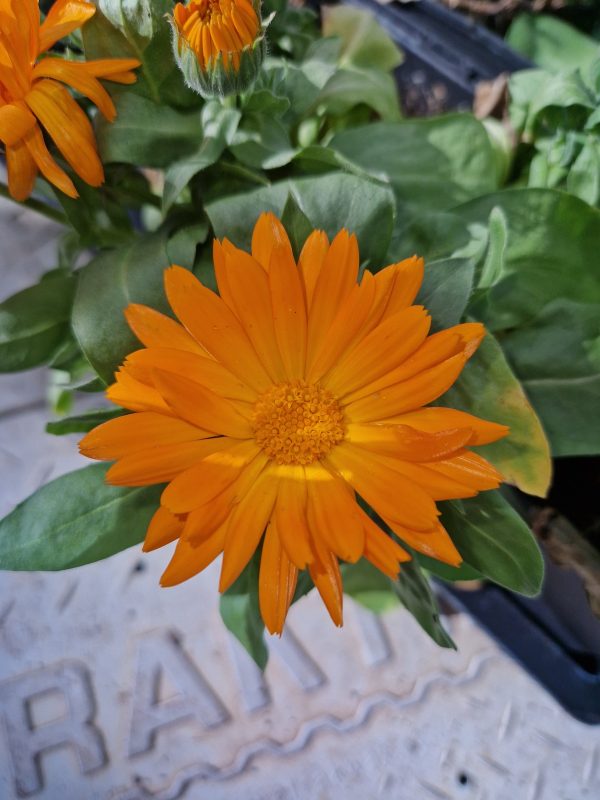
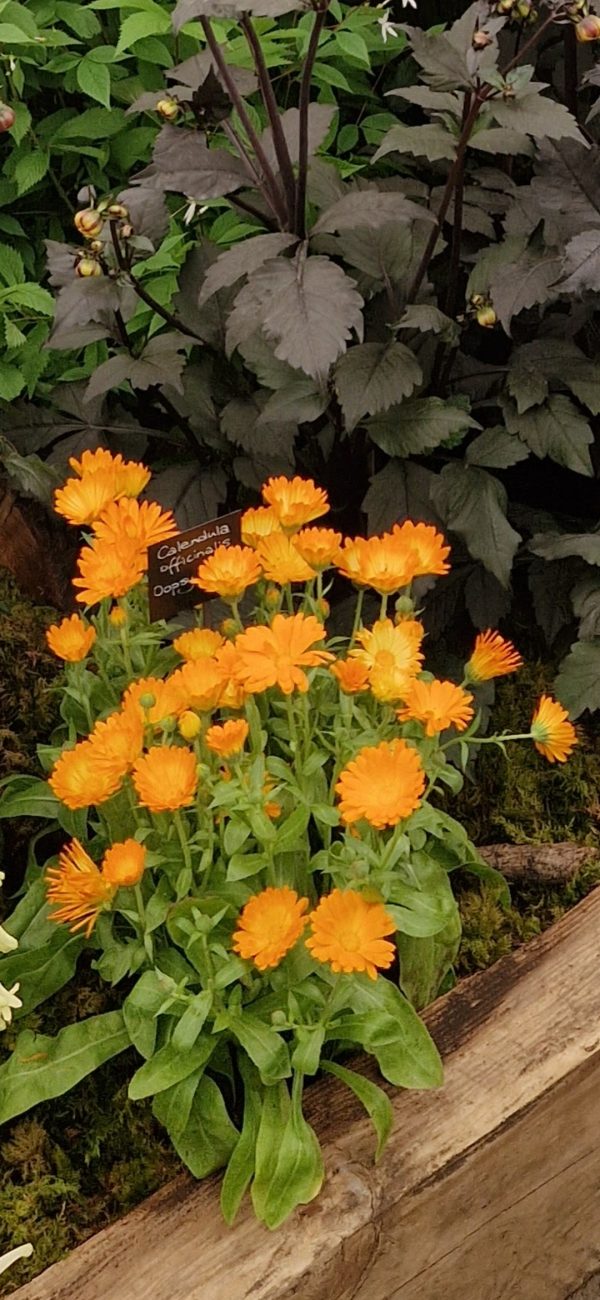
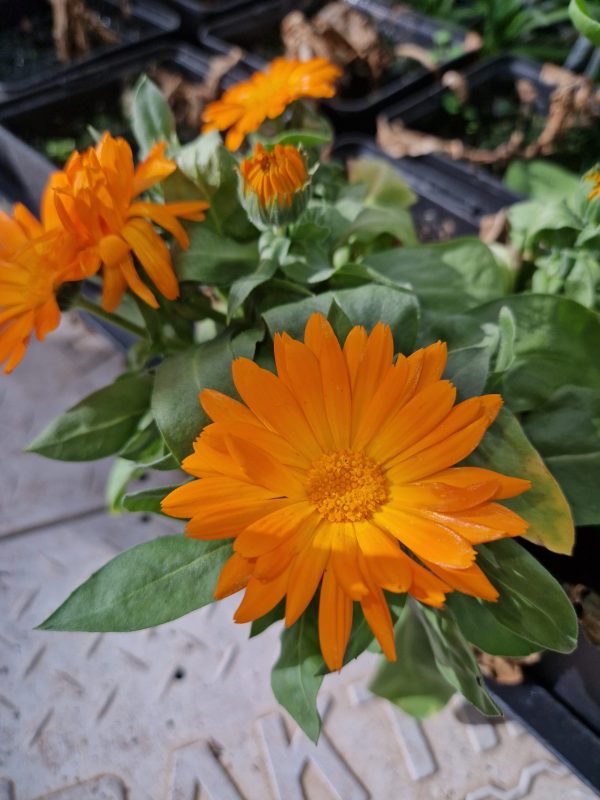
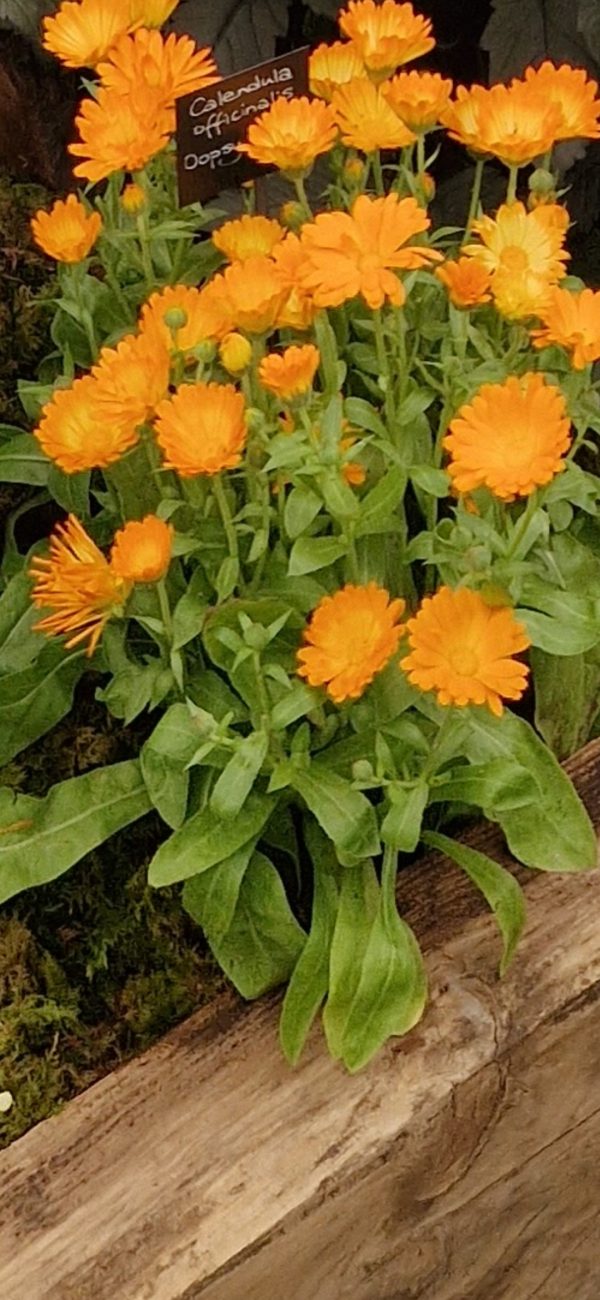
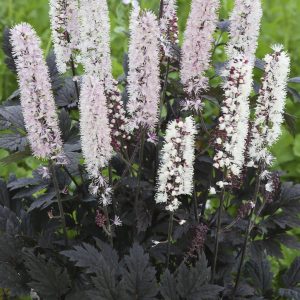
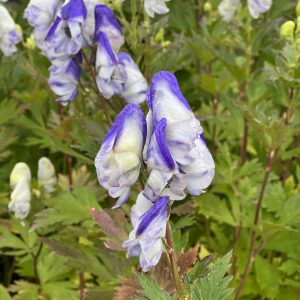
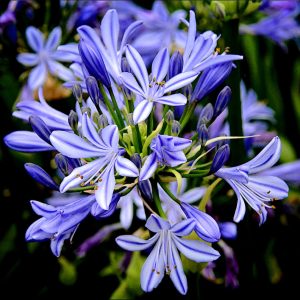
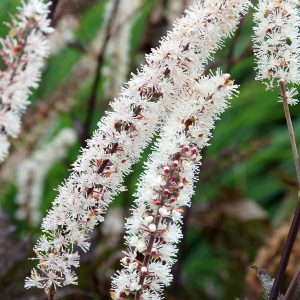
Reviews
There are no reviews yet.